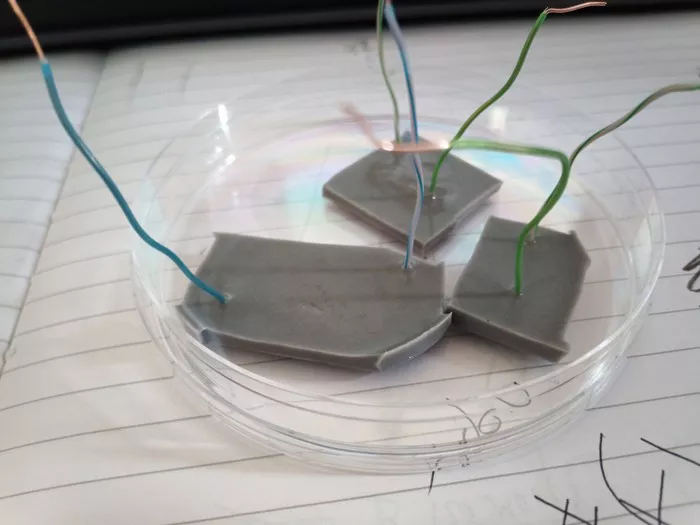Researchers at the University of Waterloo have unveiled a groundbreaking technology that has the potential to revolutionize the way electronics are powered. This innovative device, which captures electrical energy from vibrations and small body movements, could soon enable devices to charge while in use. Imagine powering your smartphone during a morning jog or keeping a laptop charged while typing—this new technology makes that possible.
Dr. Asif Khan, the lead researcher and a postdoctoral fellow in the Department of Electrical and Computer Engineering at the University of Waterloo, described the development as a major milestone in energy generation. “This is a real game-changer,” said Dr. Khan. “We have created the first device of its kind that can efficiently power electronics at a low cost, and with unprecedented efficiency. This technology opens up numerous possibilities for portable and sustainable power generation.”
The device leverages the piezoelectric effect, a well-known phenomenon in which certain materials, such as crystals and ceramics, generate electrical energy when subjected to pressure or mechanical stress. While piezoelectric materials have been used for years in various applications like sonar, ultrasonic imaging, and microwave devices, the materials traditionally employed in these systems have been expensive, brittle, and inefficient at generating electricity.
“We’ve taken the concept of piezoelectricity and taken it a step further,” explained Dr. Dayan Ban, a professor and researcher at the Institute for Nanotechnology at the University of Waterloo. “The materials we’ve developed for this new generator are flexible, energy-efficient, and far more affordable than the brittle, expensive materials that were used in the past. This innovation significantly enhances the generator’s ability to produce electricity and opens new avenues for real-world applications.”
The research team behind this breakthrough includes two professors from the University of Waterloo, one professor from the University of Toronto, and their respective research groups. Their collaborative efforts have led to a prototype device that can generate enough power to charge electronic devices during everyday activities, such as walking or typing. This advancement could have far-reaching implications for a wide range of industries, from consumer electronics to transportation.
In addition to its potential for personal electronics, the team has filed a patent for their invention and is already in talks with a Canadian company to commercialize the generator. The team envisions the technology being used in several fields, including aviation. Plans are already underway to use the generator in aircraft to power monitoring systems that track the status of safety equipment, ensuring that critical components are continuously checked while minimizing the weight and energy consumption of traditional power sources.
“This technology could be a game-changer for the aviation industry,” said Dr. Khan. “By harnessing the energy produced by small vibrations or movements, we could power essential systems on planes without adding the burden of extra weight or relying on traditional, limited power sources. The ability to power monitoring equipment through human or machine-generated motion could improve safety and efficiency, both in aviation and other industries.”
The researchers are also exploring other potential applications for the device, including wearable technology, medical devices, and remote sensors, where power generation capabilities are often limited by size or weight constraints. This new innovation could help power these devices more sustainably, making it a significant advancement in the field of energy harvesting.
As the research continues to evolve, the team is hopeful that their device will lead to broader adoption of sustainable, on-the-go energy solutions. By capturing energy from movements that would otherwise go to waste, this tiny generator could change the way we think about powering everyday devices, reducing reliance on conventional batteries and paving the way for a more sustainable future.
With a growing interest in renewable energy and portable power solutions, the University of Waterloo’s team is poised to make a significant impact on how electronics and systems are powered in the years to come. The next step for the team is to finalize the commercialization process and ensure that this revolutionary technology can be scaled to meet the needs of various industries worldwide.
Related topics:

